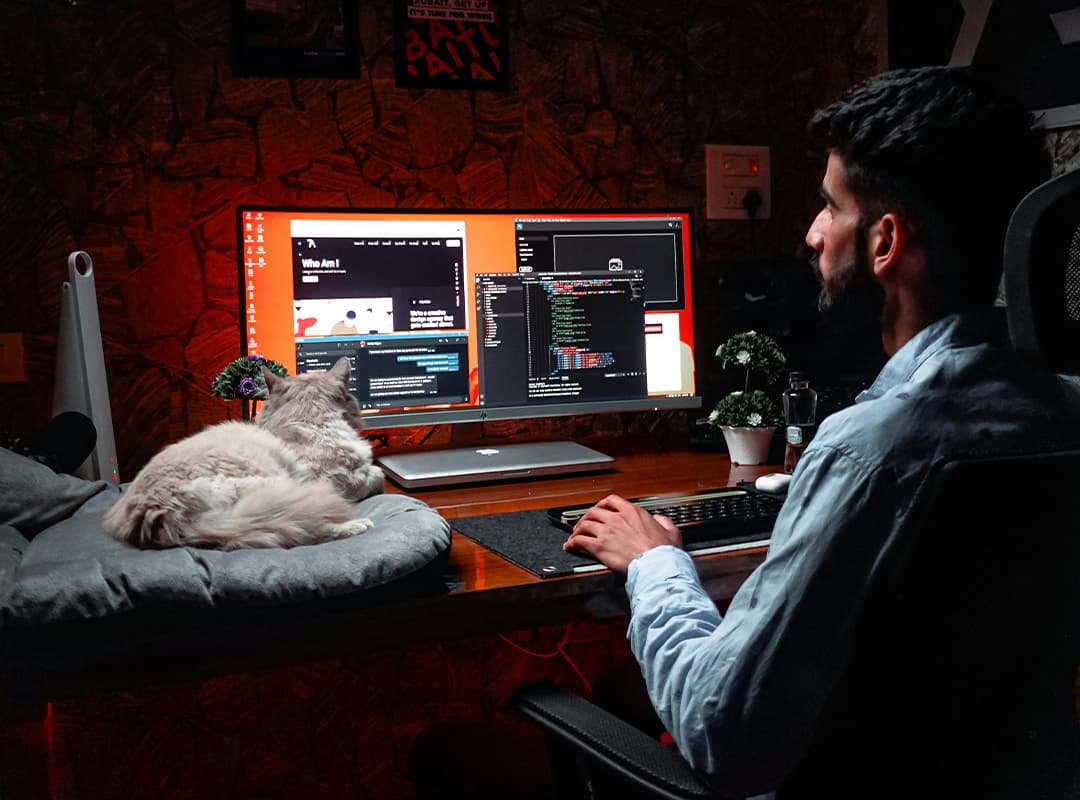When watching movies or videos on the Internet, users are often faced with lagging images or sound, freezing of the picture and the appearance of a “slide show” instead of a video sequence. This situation occurs when the connection speed is low or the video card is underpowered, but it is not always the main cause of video slowdown. If you have already decided to say goodbye to your old video card or change your data plan, don’t hurry, let’s try to solve the problem on the software level.
Main reasons for incorrect playback
In addition to the lack of sufficient resources to view Full HD (High-Definition) video, there are the following reasons for video slowdown:
after a global update of Windows was not installed drivers for the video card (less often – sound);
hardware video acceleration was disabled;
a large number of running extensions;
overflowing cache.
5 steps to solve the problem
Step 1: check drivers
First of all, you should check the availability of drivers for audio, video card. If necessary, install the files manually by downloading them from the manufacturer’s official website. To do this, specify the model of the video card, which can be found in the Device Manager. Right-click on the “My Computer” icon, select “Properties”, in the window that opens, go to the “Hardware” tab. Select “Video Adapters” from the list, click on the “+”, then you will see the manufacturer and model of the installed video card.
Step 2: Speed up your graphics card
If you are using Google Chrome, try overriding the software rendering list (a procedure to speed up weak video cards). In the address bar, type the following: chrome://flags/#ignore-gpu-blacklist. Next, activate the Override software rendering list feature by clicking the “Enable” button under the description and reload the browser.
Step 3: Disable hardware video acceleration
If the above options didn’t work, disable hardware video acceleration. In the address bar, you need to enter the command chrome://flags/#disable-accelerated-video-decode. In the menu that opens, click on the “Disable” button opposite hardware accelerated video decode and reload the browser.
Step 4: Disable unnecessary extensions
Google Chrome supports a lot of built-in extensions that make life easier for users. This is convenient, but a large number of active applications makes it difficult for the browser to work. This “stealing” of resources also degrades the quality of video playback, so try to enable only the extensions you need at the moment.
Step 5: clear the cache
Another useful feature of Google Chrome that can cause slowdowns is storing images from the pages you’re viewing in the cache. This speeds up page reloads, but the accumulation of large amounts of data hinders performance.
To “unload” the browser, go to “Advanced Settings” and select “Clear History” (don’t forget to deselect “Browser History”) and click on “Delete Data”.
After performing the described actions, the online video will play without problems. If the situation remains the same, we recommend a more detailed analysis of the causes or change your tariff plan to a faster one.


